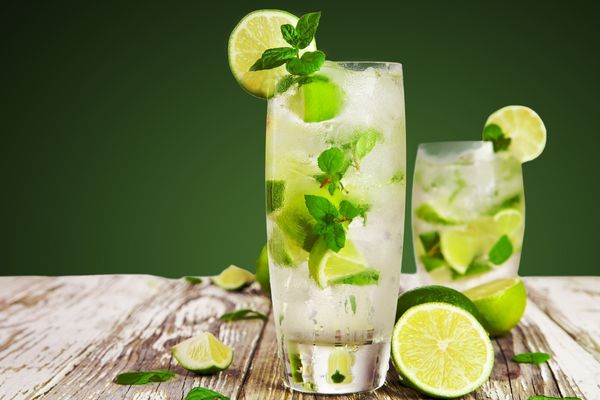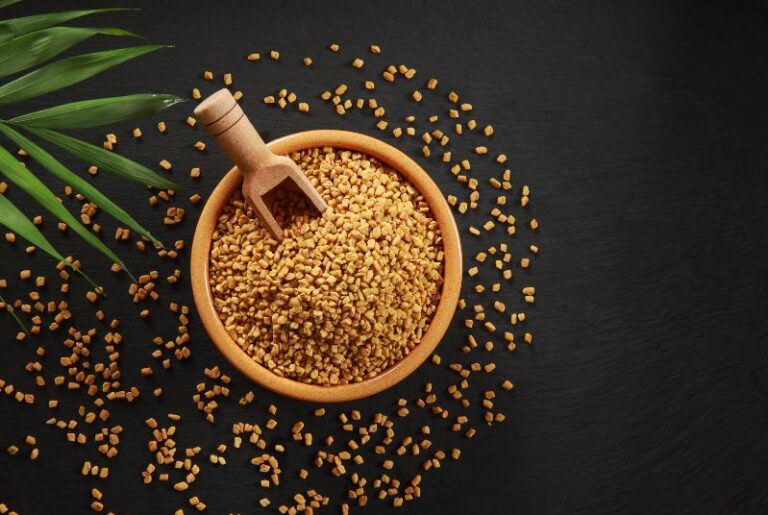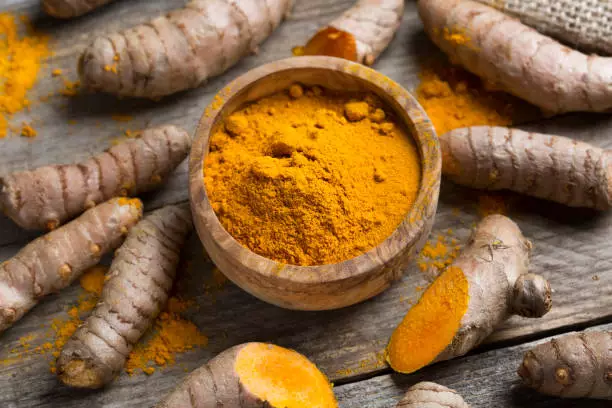Do you use Umani in your cooking?
Have you ever heard of umami flavour?
You’ve probably heard it being used or described if you’ve been keeping up with different cooking shows ( Australians love cooking shows!).
Umani is a savoury flavour made from a combination of ingredients. It’s an intense, complex flavour with depth and complexity that can add incredible flavour to dishes.
Umami comes from the Japanese word ‘delicious’ and is considered the fifth taste after sweet, sour, salty, and bitter.
History Of Umani Flavour
Umani originated in Japan and has used for centuries in Japanese cuisine
Traditional Umani comprises several ingredients: seaweed, dried bonito flakes, shiitake mushrooms, and kombu. These ingredients are blended to create a complex flavour profile with a variety of aromas and tastes.
The origin of the umami flavour is unknown but it has been used in Japanese cooking since at least the Edo period (1603-1868).
It’s believed that Umami was created as an alternative to salt, which was scarce during this time.
Umami is the core fifth taste. Scientists identified umami taste receptors on the human tongue in 2002 (alongside the sweet, sour, bitter, and salty taste buds).
It is hard to describe what Umami tastes like, but it is a flavour booster. It makes salty foods taste even saltier, and sweet foods taste even sweeter.
Adding Umami-rich foods to your recipes will create a dish with a brighter or deeper flavour.
How do you taste Umami?
When you eat foods that contain an amino acid called glutamate, the receptor on your tongue identifies it and this is what creates that savoury sensation – It is not sweet, sour, bitter or salty – But something more.
Fermented foods often have a more robust umami flavour.
These include
- Cured meats
- Miso paste
- Soy sauce
- Cheese – like parmesan
Fresh foods that are high in Umami
Tomatoes – No wonder tomatoes are used in many cuisines and are key to the bases that we love – rich pasta sauces or the very Aussie thing to add tomato sauce to our meals. ( Sorry, but a hot chip must have tomato sauce on it!)
Carrots: These are another multi-use vegetable. They are not sweet and nor are they savoury. Again they are used in all cuisines as a base
Mushrooms: You either love them or hate them. Mushrooms are not only packed with nutrients they bring about a flavour depth that is hard to pinpoint – robust and earthy all at the same time.
Umami flavours are easy to achieve
Often we add Umami unintentionally when we are cooking. You taste the food and something is missing.
Cooking with glutamate-rich ingredients will round out any dish’s flavours.
If you need a boost of Umami to your food, the everyday pantry staples in Australia include
- Tomato sauce
- Parmesan cheese
- Truffle oil,
- Ranch dressing
- Soy sauce
- Fish sauce
- Vegemite
- And Worcestershire sauce
For example, if you are making a Bolognese sauce.
Add dried shiitake mushrooms alongside fresh button mushrooms and a tablespoon of soy sauce.
The dried shitake mushrooms will give depth to the mushroom flavour, and the soy sauce will add a hint of saltiness.
Mexican and Umami – Can it work?
You betcha!
If you are a taco spice mix lover you can add extra depth to a regular spice mix
Typically these are the herbs used
- Chili powder
- Ground cumin
- Hot smoked paprika
- Ground coriander
- Garlic powder
- Cayenne pepper
Now try adding the dried mushroom powder to the blend; you will create an extra depth without changing the overlying flavour in the taco meat.
Adding a hint of Umami to the guacamole can also be done by using diced tomatoes, a dash of soy sauce, lime, and a little salt and pepper.
We can adjust our everyday food to add a bigger flavour punch to what we are cooking.
And don’t forget the herbs and spices you may have overlooked recently!
Some of the best flavour boosters are ginger, basil, oregano, thyme, dill and sesame.
Is MSG Umami
Well kind of – Umami, is a recent taste discovery, and the same receptors on the tongue identify an amino acid called glutamate.
So fresh and fermented foods naturally produce this amino acid and the amino acid can also be created – and this is what we call MSG – monosodium glutamate.
MSG and Umami give us the same flavour experience when it hits our tongue.
While MSG has a negative connotation and Umami has a largely positive one.
The jury is still out if MSG is as bad for our health as what was once believed.
There has been some recognition that using flavour enhancers like naturally occurring Umami or MSG is a way to reduce the salt levels known to cause long-term health issues linked to high blood pressure and strokes.
Our recommendation is to go with the healthier alternative and to use natural taste enhancers like ginger, basil, oregano, thyme, dill, and more. These herbs will help you boost flavor when cooking at home while allowing you to avoid the potential health effects of salt and MSG.






